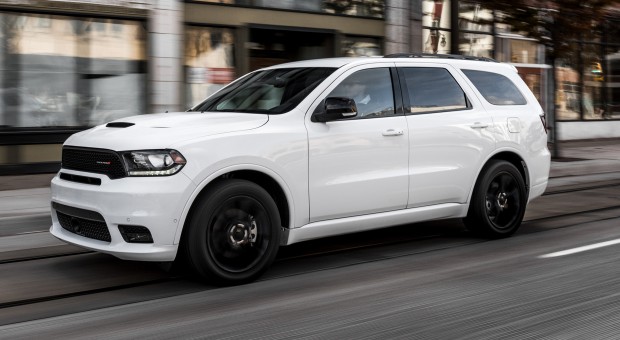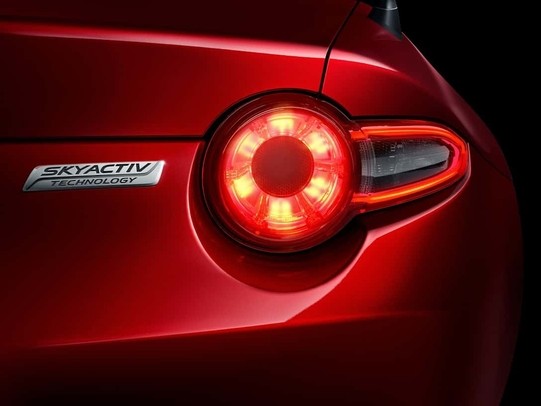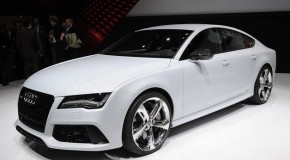
The automotive industry has come a long way since the invention of the first automobile over a century ago. From the days of the Ford Model T to the modern electric and autonomous vehicles, the automotive landscape has evolved dramatically, and it continues to do so at an unprecedented pace.
In this article, we will explore the future of the automotive industry, including the latest trends, challenges, and opportunities that are shaping its trajectory. We will also highlight an important SEO keyword, “automotive industry,” throughout the article to enhance its search engine optimization (SEO).
Trends in the Automotive Industry
The automotive industry is constantly evolving, and several key trends are driving its future growth. One of the most significant trends is the shift towards electric vehicles (EVs). As concerns about climate change and environmental sustainability continue to rise, governments and consumers alike are increasingly embracing EVs as a cleaner alternative to traditional internal combustion engine (ICE) vehicles. This trend is further fueled by advancements in battery technology, which are making EVs more affordable, reliable, and practical for everyday use.
Another significant trend in the automotive industry is the development of autonomous vehicles, also known as self-driving cars. Advances in artificial intelligence (AI), sensor technology, and connectivity are enabling vehicles to operate with varying levels of autonomy, from basic driver-assistance features to fully autonomous driving. Self-driving cars have the potential to revolutionize the way we travel and transport goods, with the promise of increased safety, efficiency, and reduced traffic congestion.
Connected cars are also gaining momentum as a key trend in the automotive industry. With the proliferation of IoT (Internet of Things) devices, vehicles are becoming more connected than ever before. Connected cars are equipped with various sensors and communication technologies that enable them to connect to the internet, other vehicles, and infrastructure, facilitating features such as real-time traffic updates, remote diagnostics, and over-the-air software updates. This trend is expected to drive the development of new business models and services in the automotive ecosystem.
Challenges Facing the Automotive Industry
Despite the promising trends, the automotive industry also faces several challenges that could impact its future growth. One of the main challenges is the transition from ICE vehicles to EVs. While EVs are gaining popularity, they still face barriers such as limited charging infrastructure, higher upfront costs, and range anxiety. Expanding the charging network, reducing the cost of EVs, and improving battery technology are some of the challenges that automakers, governments, and other stakeholders need to address to accelerate the adoption of EVs.
The development of autonomous vehicles also presents challenges. Safety remains a top concern, as self-driving cars need to navigate complex road conditions, handle unpredictable human behavior, and make split-second decisions. Ensuring the reliability and security of autonomous vehicle technology is critical to gaining consumer trust and regulatory approval. Additionally, the legal and regulatory landscape around autonomous vehicles is still evolving, with questions around liability, data privacy, and ethical considerations that need to be addressed.
Another challenge facing the automotive industry is the increasing competition from tech companies and new entrants. Technology companies like Tesla, Apple, and Google have disrupted the traditional automotive ecosystem with their innovative products and business models. New entrants, such as ride-sharing and mobility service providers, are also changing the way people use and own vehicles. Traditional automakers need to adapt to this changing landscape by investing in new technologies, forming strategic partnerships, and diversifying their business models to remain competitive.
Opportunities in the Automotive Industry
Despite the challenges, the automotive industry also presents significant opportunities for growth and innovation. One of the key opportunities is the expansion of the global automotive market. Emerging markets, such as China and India, have shown tremendous growth potential, with rising incomes, urbanization, and increasing demand for personal mobility. These markets offer opportunities for automakers to tap into a new customer base and expand their sales.
Another opportunity in the automotive industry is the development of new business models and services. With the rise of connected cars and autonomous vehicles, there is potential for the development of new services such as car-sharing, subscription-based models, and mobility-as-a-service (MaaS) platforms. These services could change the way people use and own vehicles, and create new revenue streams for automakers and other stakeholders in the automotive ecosystem.
Moreover, the increasing focus on sustainability and environmental concerns presents opportunities for the development of innovative technologies and solutions in the automotive industry. From advancements in battery technology to lightweight materials, aerodynamics, and renewable energy integration, there is a growing demand for eco-friendly solutions that reduce emissions and minimize the environmental impact of vehicles. Automakers that invest in sustainable technologies and practices can gain a competitive edge and meet the changing consumer preferences for greener transportation options.
Furthermore, advancements in AI, IoT, and connectivity are opening up opportunities for the development of smart and connected vehicles. From predictive maintenance and remote diagnostics to enhanced safety features and personalized in-car experiences, connected vehicles have the potential to offer a whole new level of convenience, efficiency, and safety for consumers. Automakers can leverage these technologies to create differentiated products and services that cater to the evolving needs of consumers in a connected world
Conclusion
The automotive industry is experiencing unprecedented changes with the emergence of new technologies, evolving consumer preferences, and increasing environmental concerns. While the industry faces challenges in the form of transitioning to EVs, developing autonomous vehicles, and dealing with competition from tech companies, there are also significant opportunities for growth and innovation. By leveraging trends such as electric vehicles, autonomous vehicles, connected cars, and sustainable technologies, automakers can capitalize on the changing landscape and create new business models and services. Strategic incorporation of the SEO keyword “automotive industry” can also enhance the visibility of the article in search results, reaching a wider audience. The future of the automotive industry is dynamic, and those who adapt and innovate will be well-positioned for success in this rapidly evolving industry.
















